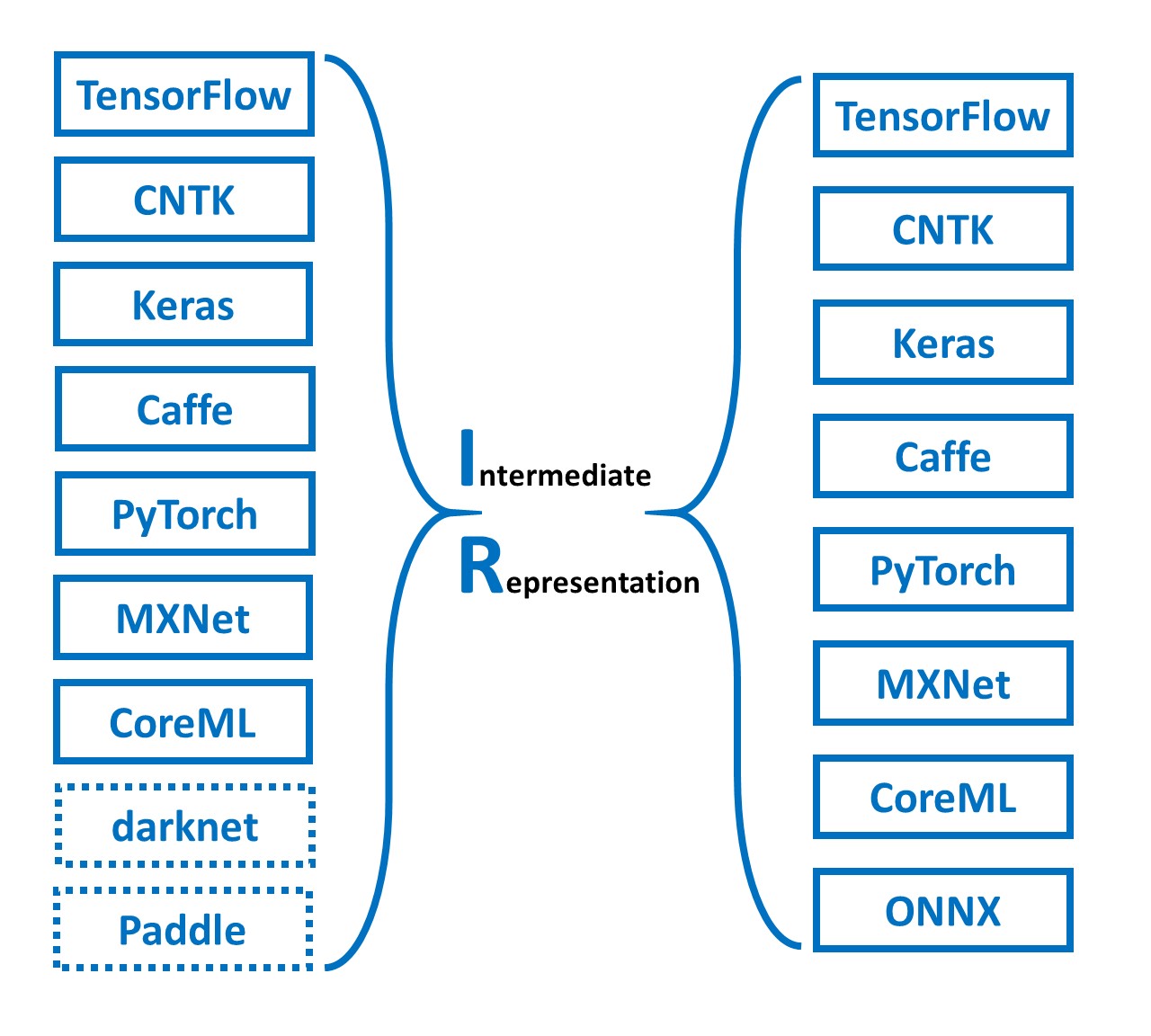fast-Bart
Reduction of BART model size by 3X, and boost in inference speed up to 3X
BART implementation of the fastT5 library (https://github.com/Ki6an/fastT5)
Pytorch model -> ONNX model -> Quantized ONNX model
Install
Install using requirements.txt file
git clone https://github.com/siddharth-sharma7/fast-Bart
cd fast-Bart
pip install -r requirements.txt
Usage
The export_and_get_onnx_model() method exports the given pretrained Bart model to onnx, quantizes it and runs it on the onnxruntime with default settings. The returned model from this method supports the generate() method of huggingface.
If you don't wish to quantize the model then use
quantized=Falsein the method.
from fastBart import export_and_get_onnx_model
from transformers import AutoTokenizer
model_name = 'facebook/bart-base'
model = export_and_get_onnx_model(model_name)
tokenizer = AutoTokenizer.from_pretrained(model_name)
input = "This is a very long sentence and needs to be summarized."
token = tokenizer(input, return_tensors='pt')
tokens = model.generate(input_ids=token['input_ids'],
attention_mask=token['attention_mask'],
num_beams=3)
output = tokenizer.decode(tokens.squeeze(), skip_special_tokens=True)
print(output)
to run the already exported model use
get_onnx_model()
you can customize the whole pipeline as shown in the below code example:
from fastBart import (OnnxBart, get_onnx_runtime_sessions,
generate_onnx_representation, quantize)
from transformers import AutoTokenizer
model_or_model_path = 'facebook/bart-base'
# Step 1. convert huggingfaces bart model to onnx
onnx_model_paths = generate_onnx_representation(model_or_model_path)
# Step 2. (recommended) quantize the converted model for fast inference and to reduce model size.
# The process is slow for the decoder and init-decoder onnx files (can take up to 15 mins)
quant_model_paths = quantize(onnx_model_paths)
# step 3. setup onnx runtime
model_sessions = get_onnx_runtime_sessions(quant_model_paths)
# step 4. get the onnx model
model = OnnxBart(model_or_model_path, model_sessions)
...
custom output paths
By default, fastBart creates a models-bart folder in the current directory and stores all the models. You can provide a custom path for a folder to store the exported models. And to run already exported models that are stored in a custom folder path: use get_onnx_model(onnx_models_path="/path/to/custom/folder/")
from fastBart import export_and_get_onnx_model, get_onnx_model
model_name = "facebook/bart-base"
custom_output_path = "/path/to/custom/folder/"
# 1. stores models to custom_output_path
model = export_and_get_onnx_model(model_name, custom_output_path)
# 2. run already exported models that are stored in custom path
# model = get_onnx_model(model_name, custom_output_path)
Functionalities
- Export any pretrained Bart model to ONNX easily.
- The exported model supports beam search and greedy search and more via
generate()method. - Reduce the model size by
3Xusing quantization. - Up to
3Xspeedup compared to PyTorch execution for greedy search and2-3Xfor beam search.





